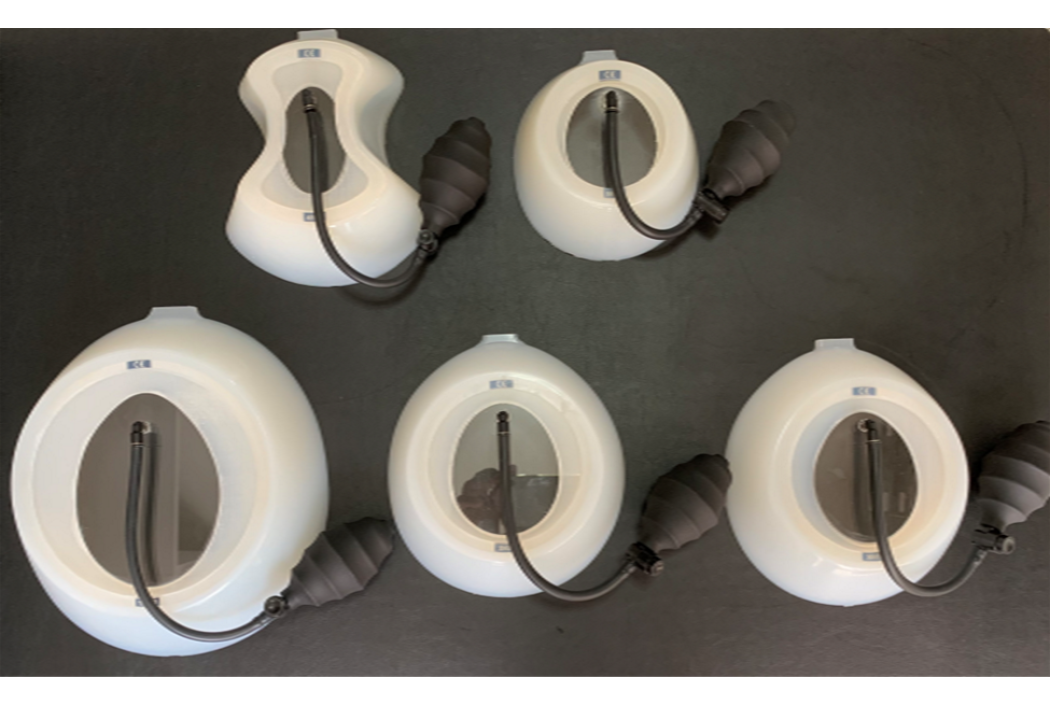
What is Vacuum Bell? Non-Surgical Chest Correction Method
What Is a Vacuum Bell? A Non-Surgical Solution for Pectus Excavatum
For many people living with Pectus Excavatum (sunken chest), the idea of surgery can feel overwhelming. The Vacuum Bell offers a gentle, home-based alternative that helps the chest gradually return to a more natural shape — safely and comfortably.
What Is Pectus Excavatum?
Pectus excavatum is a congenital chest wall deformity where several ribs and the breastbone (sternum) grow inward, creating a depression at the front of the chest — also known as “funnel chest” or “sunken chest.” In some individuals, the lower ribs may flare outward.
What Is a Vacuum Bell?
The Vacuum Bell is a CE-certified medical device designed to correct Pectus Excavatum without surgery. By creating a controlled negative pressure on the chest, it gently lifts the sternum outward over time, improving chest shape and breathing comfort.
How Does It Work?
A soft silicone cup is placed on the chest and connected to a hand pump. When the air is removed, a vacuum forms inside the cup and gradually mobilizes the chest wall. With consistent use, the sternum moves toward a more natural position.
- Typical daily use: 30–60 minutes (your clinician may personalize this).
- Visible improvement is usually reported in weeks to months with regular therapy.
- The device is designed for comfort and a reliable seal during use.
Who Can Use the Vacuum Bell?
It is suitable for:
- Children, teenagers, and adults with mild to moderate Pectus Excavatum.
- Women — with models designed for female chest anatomy for extra comfort.
- People looking for a non-surgical, home-based therapy.
- Post-surgical patients who want to help maintain chest contour (under medical guidance).
Always consult a healthcare professional before starting therapy to confirm suitability and receive a personalized plan.
Key Advantages
- Non-surgical: no anesthesia, no scars, no hospital stay.
- Safe: CE-certified medical device with a comfortable silicone design.
- Proven results: many users report visible change and improved confidence.
- Flexible: home treatment that fits daily routines.
Results & Patient Experience
Consistency is the key. With regular sessions and proper sizing, users often notice a more natural chest line, easier breathing during activity, and increased self-confidence — all achieved without surgery.
Quick Answers to Common Questions
Does it work for adults? Yes — adults with mild to moderate Pectus Excavatum can benefit when therapy is consistent and medically supervised.
What about age? Therapy plans are individualized. Your clinician will recommend session length and model size for your age and chest type.
Price & models? Models and sizes vary. See our product pages for current options and pricing.
Developed by BPA Medical — the original manufacturer of Vacuum Bell devices.